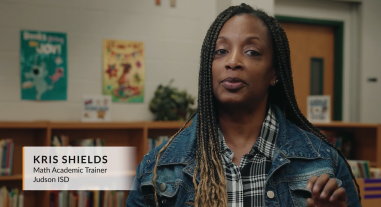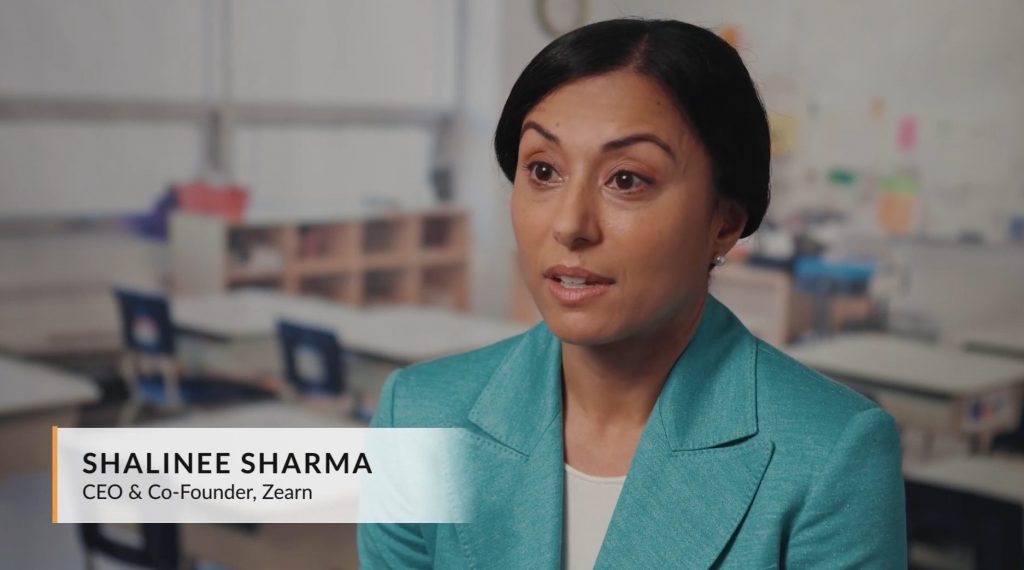Many states have laws aimed at improving literacy, but few are putting the same weight behind targeting math instruction. A recent study by NWEA found that middle and elementary school students’ math progress stagnated last year. On average, students need the equivalent of an additional four and half months of instruction in math to level the playing field from before the pandemic.
The downward trends began years before the health crisis, raising questions about a decade of disappointing results for math students and the economic and civic repercussions to come. Unfortunately, “I’m not good at math,” or, “I’m not a math person,” are common refrains that echo through generations of Americans who have traversed a public school system in the U.S.
The downsides of not addressing the problem of math education in the U.S. are steep. Numerate people are needed for the military, for careers in science and medicine, for careers outside science, to close wage gaps among demographic groups and to ensure that the U.S. and all citizens can grow and succeed and stay competitive.
Which states are leading the charge to solve the math crisis? How did the coronavirus wreak havoc on math? And how can the United States close the performance gaps between advantaged and disadvantaged student groups?





